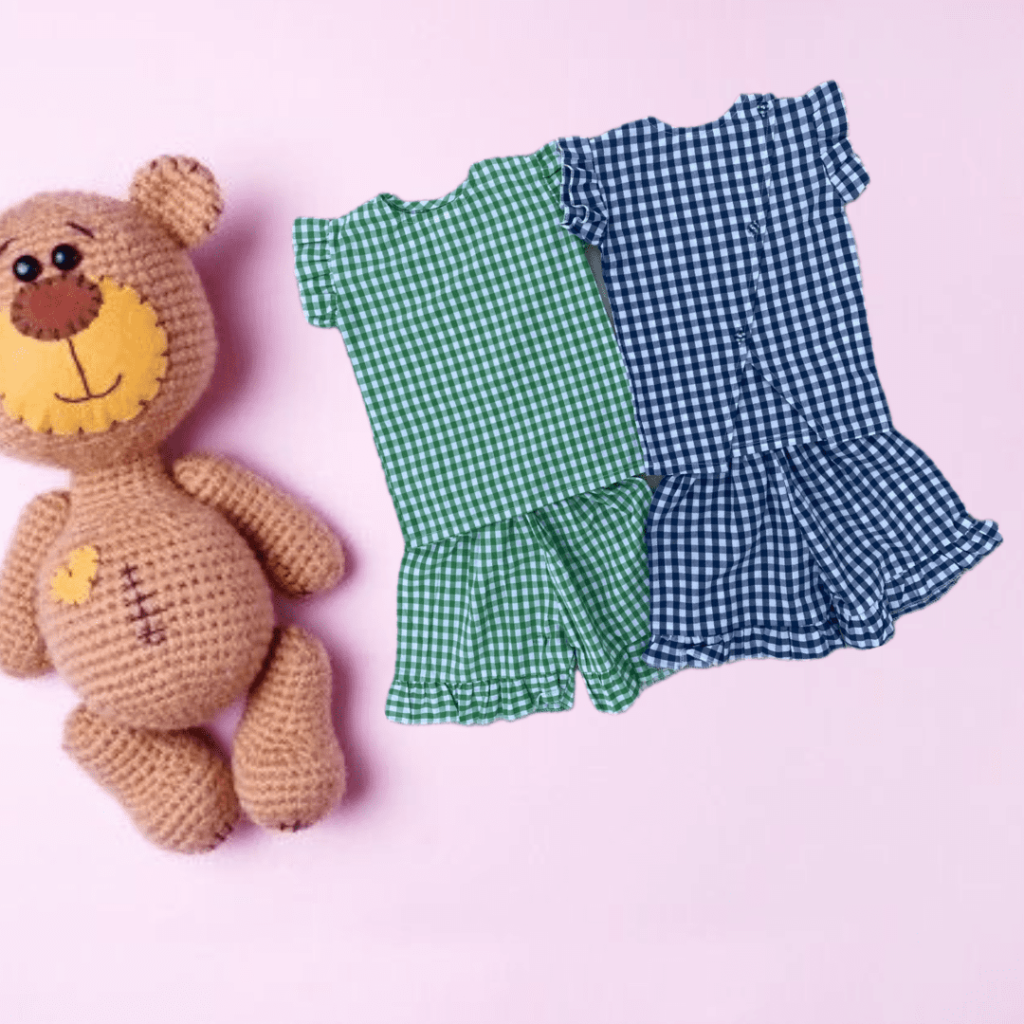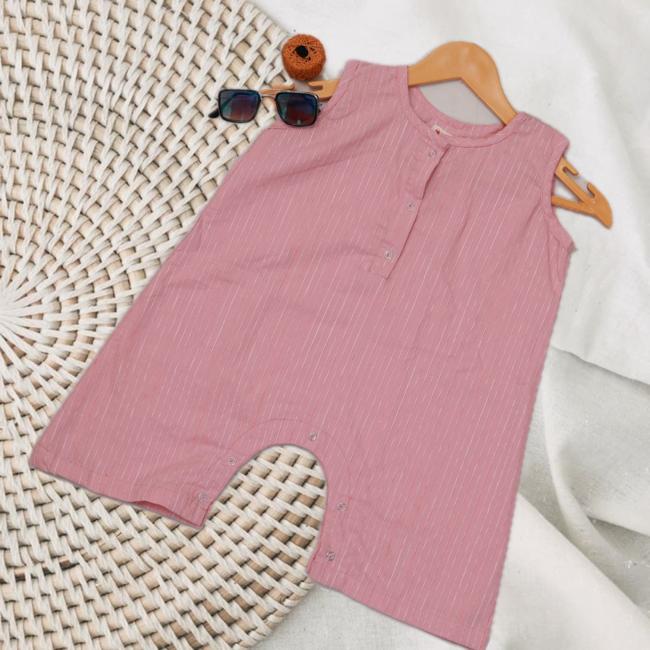
Cotton and wool stand out as two used natural fibers in the textile world, each bringing its own set of pros and cons. So let’s see “how cotton clothes are different from woolen clothes!!”
This means knowing the distinctions between cotton and woolen garments helps you pick what suits you best!
This post will highlight the main differences between cotton and woolen clothes looking at their sources, feel, lasting, heat retention, care needs, and effect on the environment.
1. Source and Making Process:
Cotton: Cotton comes from the soft fibers of cotton plants, which grow in warm areas. Workers pick the fibers, spin them into threads, and then weave or knit them into fabric.
People have grown and used cotton for thousands of years making it one of the oldest known textile fibers.

Wool: Wool, in contrast, comes from sheep’s fleece and other animals like goats (cashmere), alpacas, and rabbits (angora).
The process starts with cutting the animals’ hair to get the raw fleece. Next, workers clean, card, and spin this fleece into yarn. , they weave or knit the yarn into fabric. People have made wool for a long time in colder areas. In these places, people appreciate how well wool keeps them warm.
2. Texture and Comfort:
Cotton: Cotton has a reputation for its softness and comfort, which makes it a top pick for everyday clothes such as t-shirts, underwear, and bed sheets.
The feel of cotton is smooth and mild on all skin types, which is why many suggest it for people who have sensitive skin or allergies.
It also lets air flow through, which helps you stay cool and at ease when it’s hot outside.
Wool: Wool feels more textured and sometimes rougher than cotton, though some types of wool, like merino or cashmere, can be very soft.
Wool’s texture comes from the natural curl of its fibers, which create small air pockets in the fabric. But these days many wool clothes are treated or mixed with other fibers to make them softer and more comfortable.
3. Coziness and Keeping Heat In:
Cotton: Even though cotton lets air through and feels cool, it’s not the best at keeping you toasty. Cotton stuff doesn’t hang onto heat that great, so it’s better for when it’s hot outside or you’re just chilling inside.
Wool: Great for producing heat, wool becomes the top pick for chill times, like pulling on jumpers, wraps, and jackets. Wool fibers have this design that captures the breeze setting up a built-in cozy blanket that keeps your own heat close.
Plus, wool’s got this neat trick where it moves wetness from your skin keeping you toasty and dry even when it gets a bit soggy.
4. Durability and Lasting:
Cotton: So, cotton’s pretty tough, right especially for everyday clothes. But here’s the thing: it might get smaller if you throw it in hot water when you wash it, and it kind of gets worn out if you wash and wear it like, a lot.
Wool: Known for being tough and springy, wool has fibers that stretch but don’t snap. This trait lets wool clothes keep their shape for quite a while.
Less wrinkling is a perk of wool, and it fights off grime and smells so you don’t have to wash it too much.
5. Looking after stuff:
Cotton: Taking care of cotton stuff is a breeze; just toss it in the washer and dryer. But be careful—cotton can shrink if you don’t wash it right, and it likes to get all wrinkly, so you’ve gotta iron it often so it looks sharp.
Wool: Wool clothes need special care unlike cotton. Labels on wool clothes say “dry clean .” This is because the fibers get smaller and felt if they warm up and shake in a laundry machine.
It’s often a good idea to wash wool by hand in cool water with a mild soap, and you should lay it out to dry to keep it from getting out of shape.
6. Environmental Influence:
Cotton: The way we farm cotton affects the environment. It needs a lot of water, bug killers, and growth stuff to make the plants grow. People know regular cotton farms for ruining the soil and messing up the water.
Wool: Sheep and other critters give us wool each year, so it’s like a resource that keeps on coming back. But its effect on the planet hinges on stuff like how much land we use, the sheep burping out methane, and the icky chemicals when we’re getting the wool ready.
7. Stuff You Can Do With It:
Cotton: Oh man, cotton is so all over the place! It’s perfect for all types of clothes, from just hanging out to looking sharp. It’s smooth and lets your skin breathe which is why it rocks for stuff close to your skin, tees, dresses, and gear for hot days.
And at home, cotton’s a big deal in things we snuggle with like bedsheets, towels, and those things that cover windows because it’s cozy and doesn’t make your wallet cry.
Wool: Most folks think wool’s good for keeping warm when it’s chilly out, but it can do a lot more. Take merino wool, for example – it’s a lighter type of wool that’s great for wearing any time of the year. You can rock merino in lots of ways, like in comfy base layers sharp suits, and fancy dresses.
Plus, wool doesn’t catch fire so a lot of people pick it out for stuff like safety gear cozy blankets, and furniture covers.
Final Conclusion:
Now when it’s about picking between cotton and woolen threads, each one’s got its wins. Cotton’s the go-to for hot times and chill clothes because it’s airy, gentle, and super flexible.
Wool, on the flip side is the MVP when you need to stay toasty, it lasts a while and gets sweat away from your skin; that’s top-tier for braving the cold or staying active outdoors.
So, which one should you choose, cotton or wool?
Think about stuff like the weather how you’re gonna use it, coziness, and how easy it is to keep up to pick the material that fits how you live the best.
